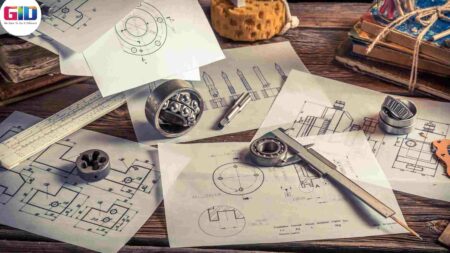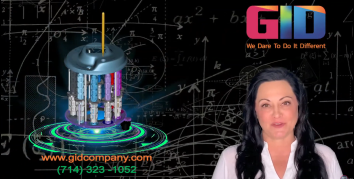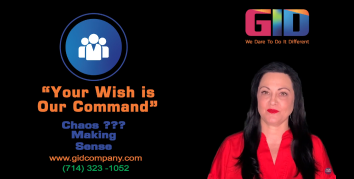“Planning to Prototype” refers to the process of transitioning from a concept or idea to a tangible prototype in product development. Planning to prototype process helps refine the product before full-scale production, ensuring it meets design goals and customer needs. In the fast-moving world, no one wants to stay behind the curve, especially in terms of technology. Even, big brands, including Apple, Samsung, Google, and Microsoft to name a few jumps on a tech trend just to do it. In the last few years, we have seen it with smartphones, augmented reality, and now wearables.
Normally, in a hassle to be first, businesses jump right into creating a product without spending enough time to research and understand their audience or skip a thought-process on key details that will make or break a product launch for a customer. However, planning to prototype is a contradictory fact that businesses have to maintain their pace in order to keep their brand alive in the senses of their customers as well as to stay competitive in their respective industry. Fortunately, there is a proven way to get a great planning to prototype a tech product to market correctly and quickly, and it is by understanding your users as thoroughly, as you know your brand.
Most Important Questions to Ask Yourself about Planning to Prototype
When it comes to planning to prototype development for a tech product, GID has framed a list of five most important questions to ask your audience to ensure that the planning to prototype a tech product is useful, usable, and desired.
What are their needs? People buy a product to meet / satisfy one or several needs in their lives. Wearable technology products are no exception. While planning to prototype a tech product, make sure your insight on your audience’s requirements line-up with their real life needs. Build a product and execute planning to prototype in such time to conduct user research, and involve your audience while testing the same. Skipping or overlooking this step will result in manufacturing a tech product with no customers to use it.
Why previous solutions failed? The market for tech product is flourishing, as never before; hence, it becomes easy for an entrepreneur to yield insights for new product opportunities. Use negative and positive reviews and rating of products on the market today to ignite exclusive ideas for future products. Think beyond usual analyst reports, and comb through the ratings and reviews of products on ecommerce websites to explore flaws in the product’s software.
What are your customers’ likes and dislikes? Before prototyping and manufacturing a tech product, do not forget to clarify what category of audience you are going to target. As soon as you have clarified the category of audience you are going to target, spare adequate time to analyze and understand their technology requirements, likes and dislikes. Try to conclude, how many end users have aversions to technology, how many are ravenous for technology, and how many are early adopters. Is your product going to conjure up a feeling of “Obtrusive Big Brother” or “Useful Quantified Self?”
How will your customers leverage the product? Knowing how your customers will use your product will help you develop a more durable and tough product. For example, the latest wearable tech products such as Jawbone Up and the Fitbit Flex are great examples of this. Manufacturers knew that some end-users would wear these devices simply to track their daily activity levels, whereas a majority would use them as a comprehensive fitness guide; hence, the product was designed and developed accordingly. Understanding end users’ expectations from your product and their plans to do with your product are the key to successful product development. Another important point to remember is to avoid all sorts of unnecessary features into your product.
What would keep your customers buying your products? Find out, what is more important to your targeted end-users – Are they looking for an affordable product? Are they searching for an aesthetically beautiful product? Is a clunky or outdated product design a definite deal-breaker? Does the functionality trump all? By concluding what is more important to your targeted end-users and creating a product accordingly, you will save your team from hassle and frustration.
Remember, once you have answers to all these questions, you are still at the starting line of a process. A repeated cycle of development and improvement will gradually guide you to a better, more useful and much-awaited solution.
Product prototype development is a complicated process and may take a bit longer time, but, in the end, it will ensure you are satisfying the needs of your audience, which will eventually reward more success in the end.

















